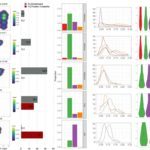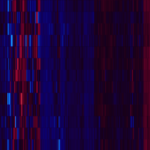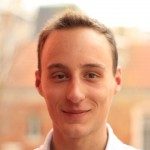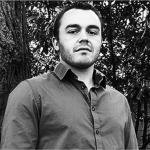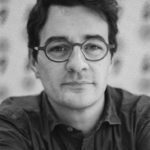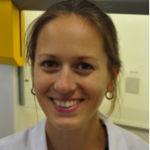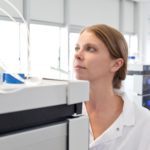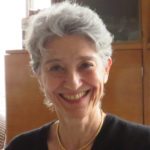Link to Pubmed [PMID] – 31356623
Link to DOI – 10.1371/journal.ppat.1007945
PLoS Pathog 2019 Jul; 15(7): e1007945
Metabolically quiescent pathogens can persist in a viable non-replicating state for months or even years. For certain infectious diseases, such as tuberculosis, cryptococcosis, histoplasmosis, latent infection is a corollary of this dormant state, which has the risk for reactivation and clinical disease. During murine cryptococcosis and macrophage uptake, stress and host immunity induce Cryptococcus neoformans heterogeneity with the generation of a sub-population of yeasts that manifests a phenotype compatible with dormancy (low stress response, latency of growth). In this subpopulation, mitochondrial transcriptional activity is regulated and this phenotype has been considered as a hallmark of quiescence in stem cells. Based on these findings, we worked to reproduce this phenotype in vitro and then standardize the experimental conditions to consistently generate this dormancy in C. neoformans. We found that incubation of stationary phase yeasts (STAT) in nutriment limited conditions and hypoxia for 8 days (8D-HYPOx) was able to produced cells that mimic the phenotype obtained in vivo. In these conditions, mortality and/or apoptosis occurred in less than 5% of the yeasts compared to 30-40% of apoptotic or dead yeasts upon incubation in normoxia (8D-NORMOx). Yeasts in 8D-HYPOx harbored a lower stress response, delayed growth and less that 1% of culturability on agar plates, suggesting that these yeasts are viable but non culturable cells (VBNC). These VBNC were able to reactivate in the presence of pantothenic acid, a vitamin that is known to be involved in quorum sensing and a precursor of acetyl-CoA. Global metabolism of 8D-HYPOx cells showed some specific requirements and was globally shut down compared to 8D-NORMOx and STAT conditions. Mitochondrial analyses showed that the mitochondrial mass increased with mitochondria mostly depolarized in 8D-HYPOx compared to 8D-NORMox, with increased expression of mitochondrial genes. Proteomic and transcriptomic analyses of 8D-HYPOx revealed that the number of secreted proteins and transcripts detected also decreased compared to 8D-NORMOx and STAT, and the proteome, secretome and transcriptome harbored specific profiles that are engaged as soon as four days of incubation. Importantly, acetyl-CoA and the fatty acid pathway involving mitochondria are required for the generation and viability maintenance of VBNC. Altogether, these data show that we were able to generate for the first time VBNC phenotype in C. neoformans. This VBNC state is associated with a specific metabolism that should be further studied to understand dormancy/quiescence in this yeast.


